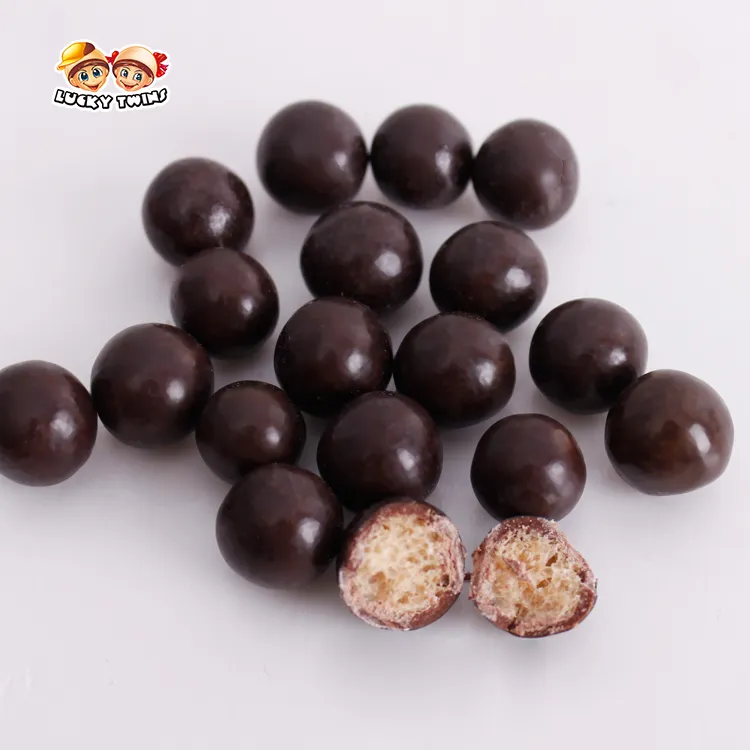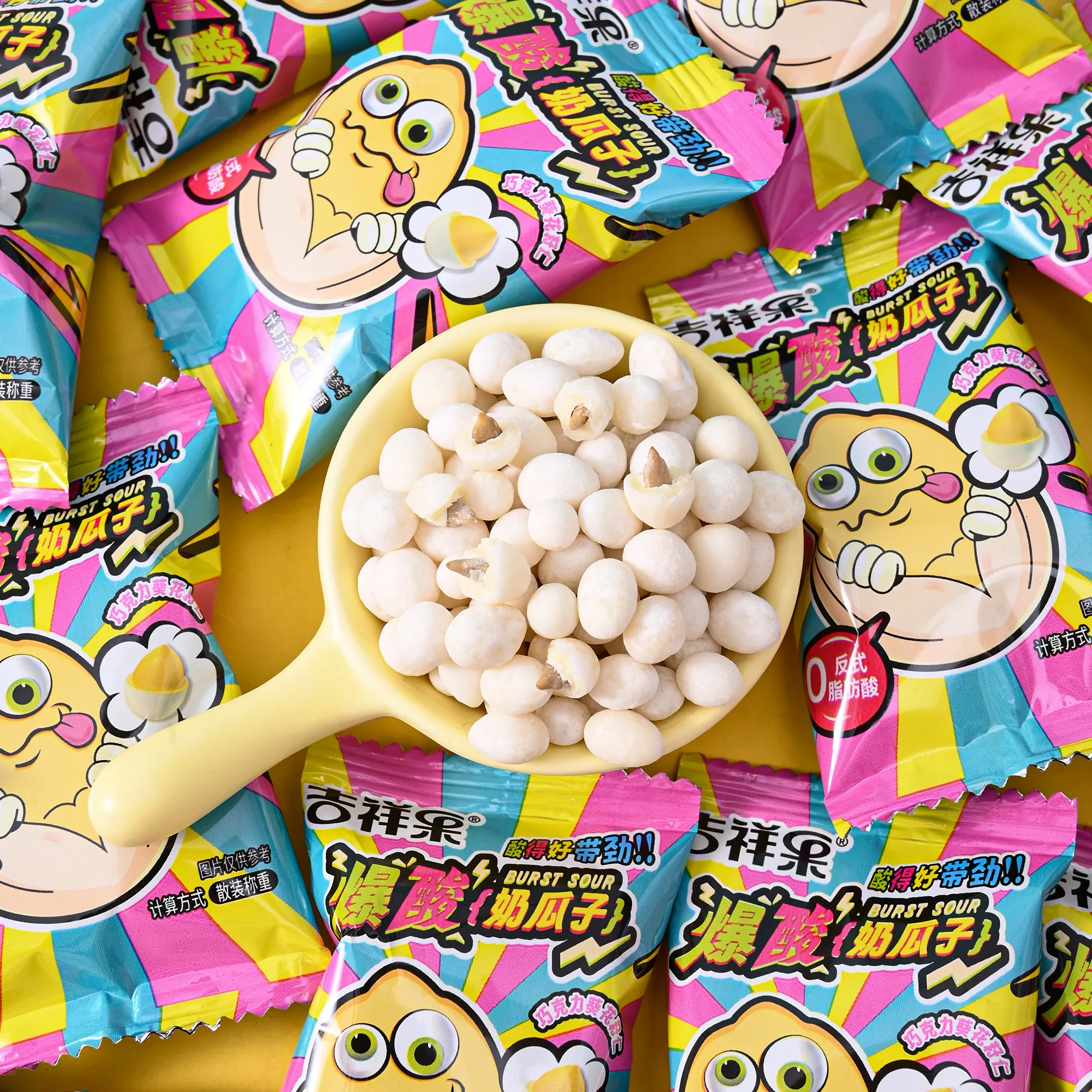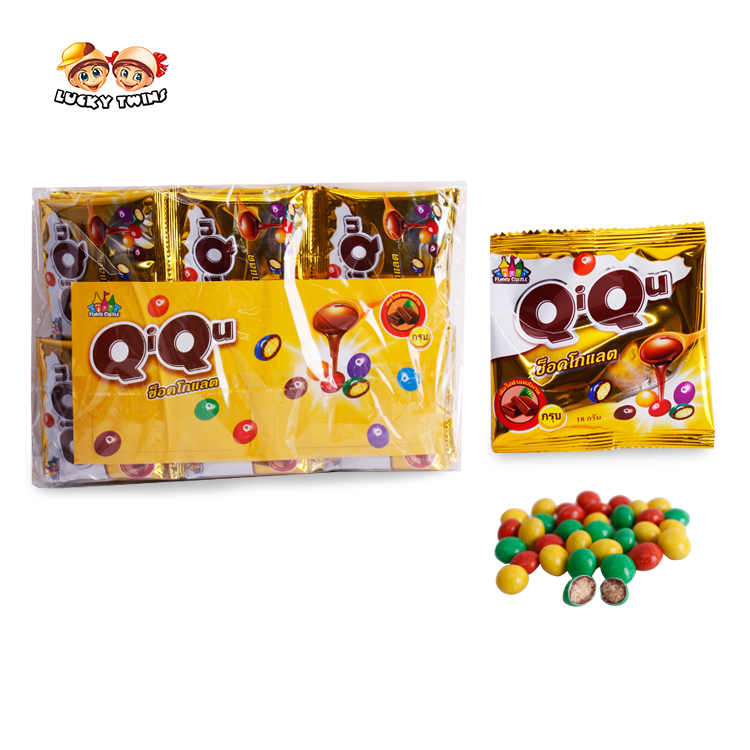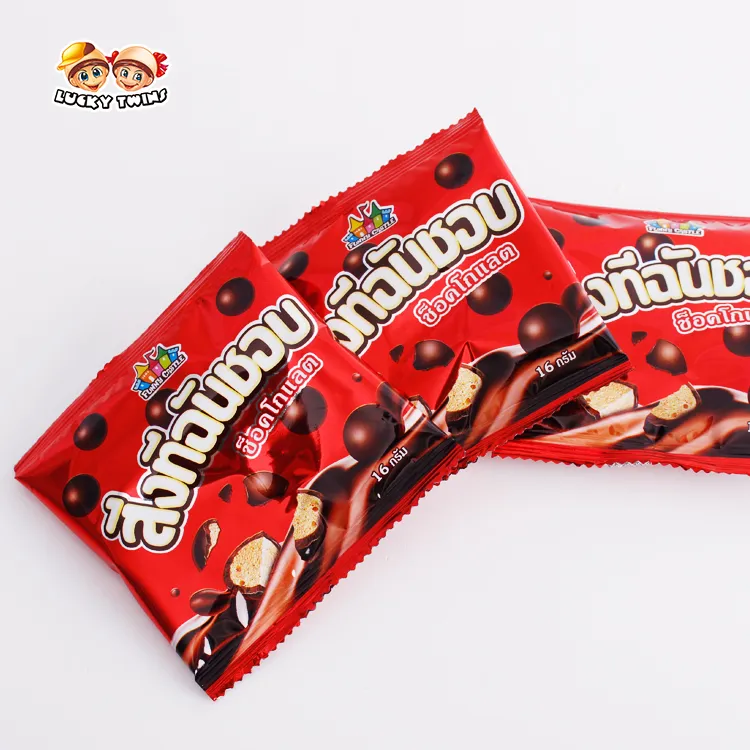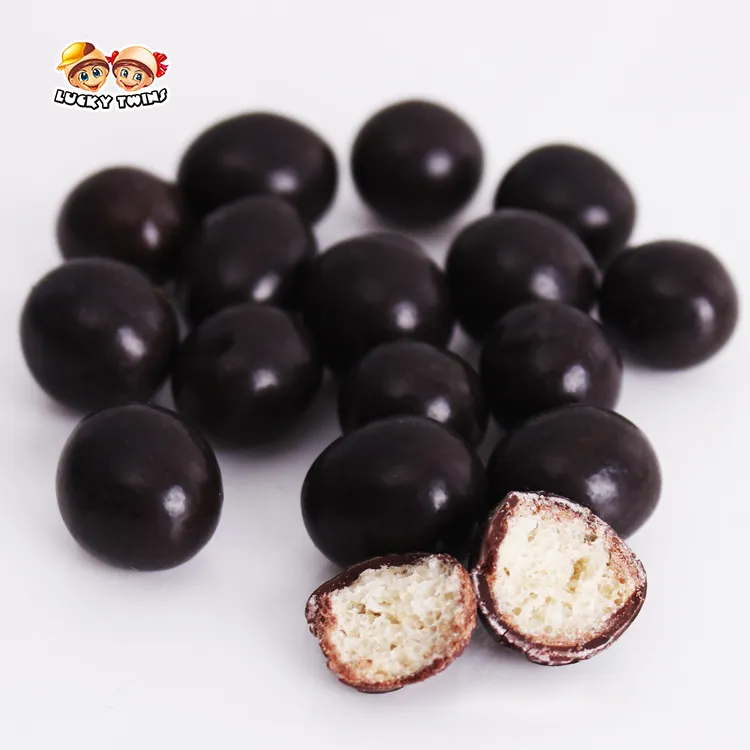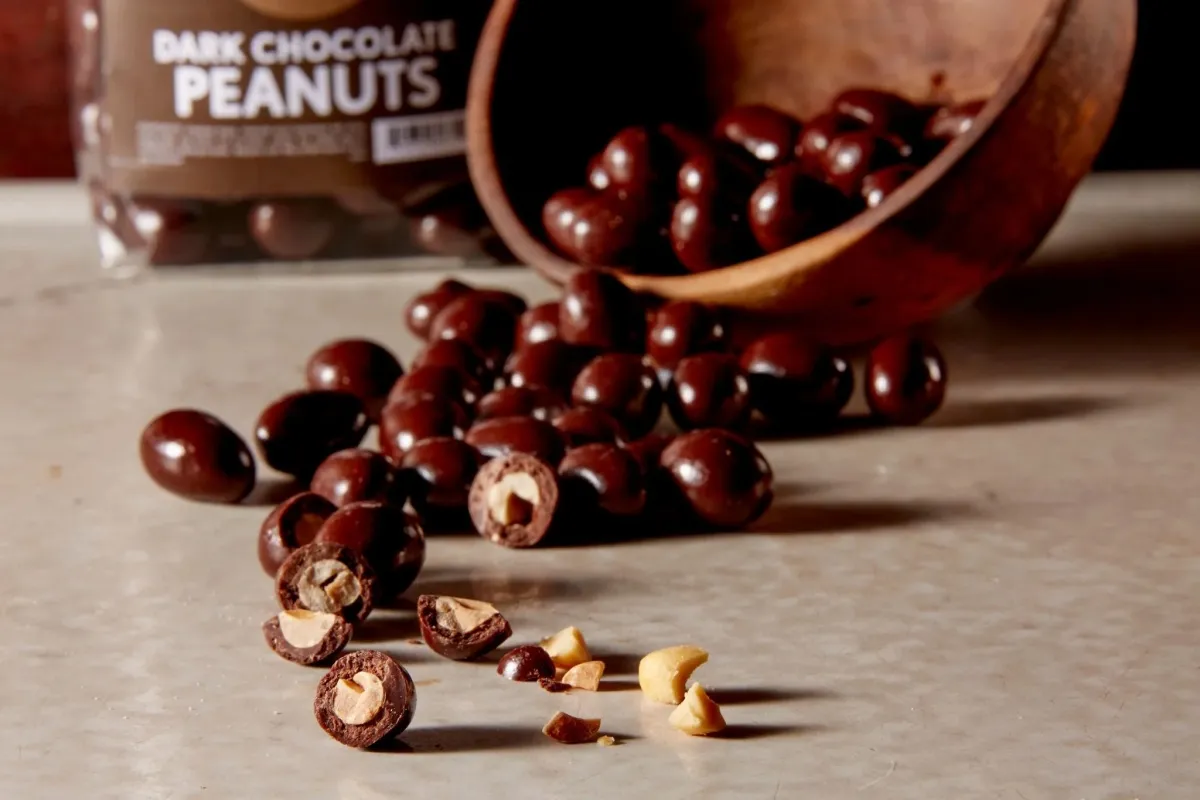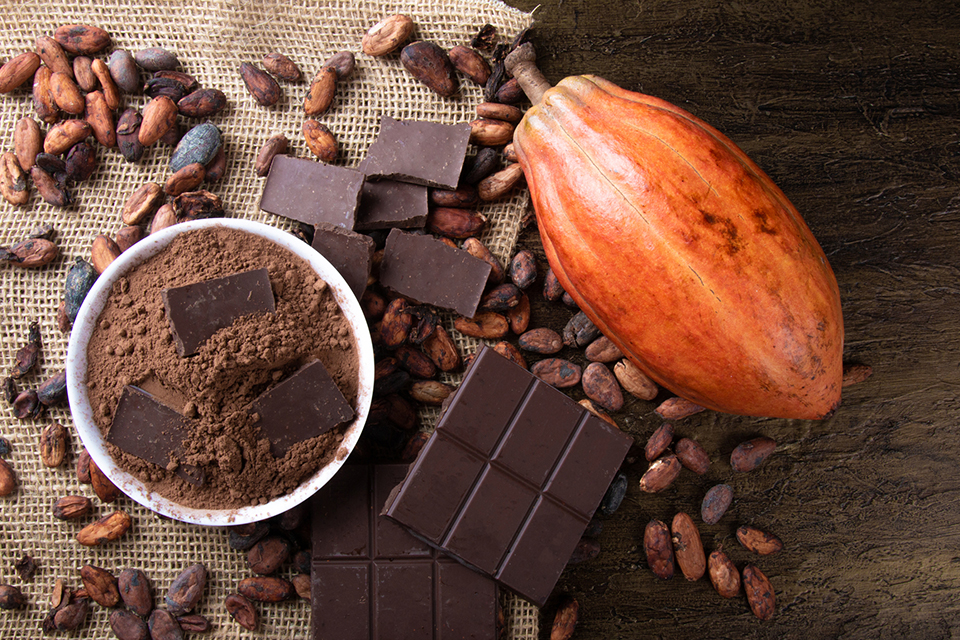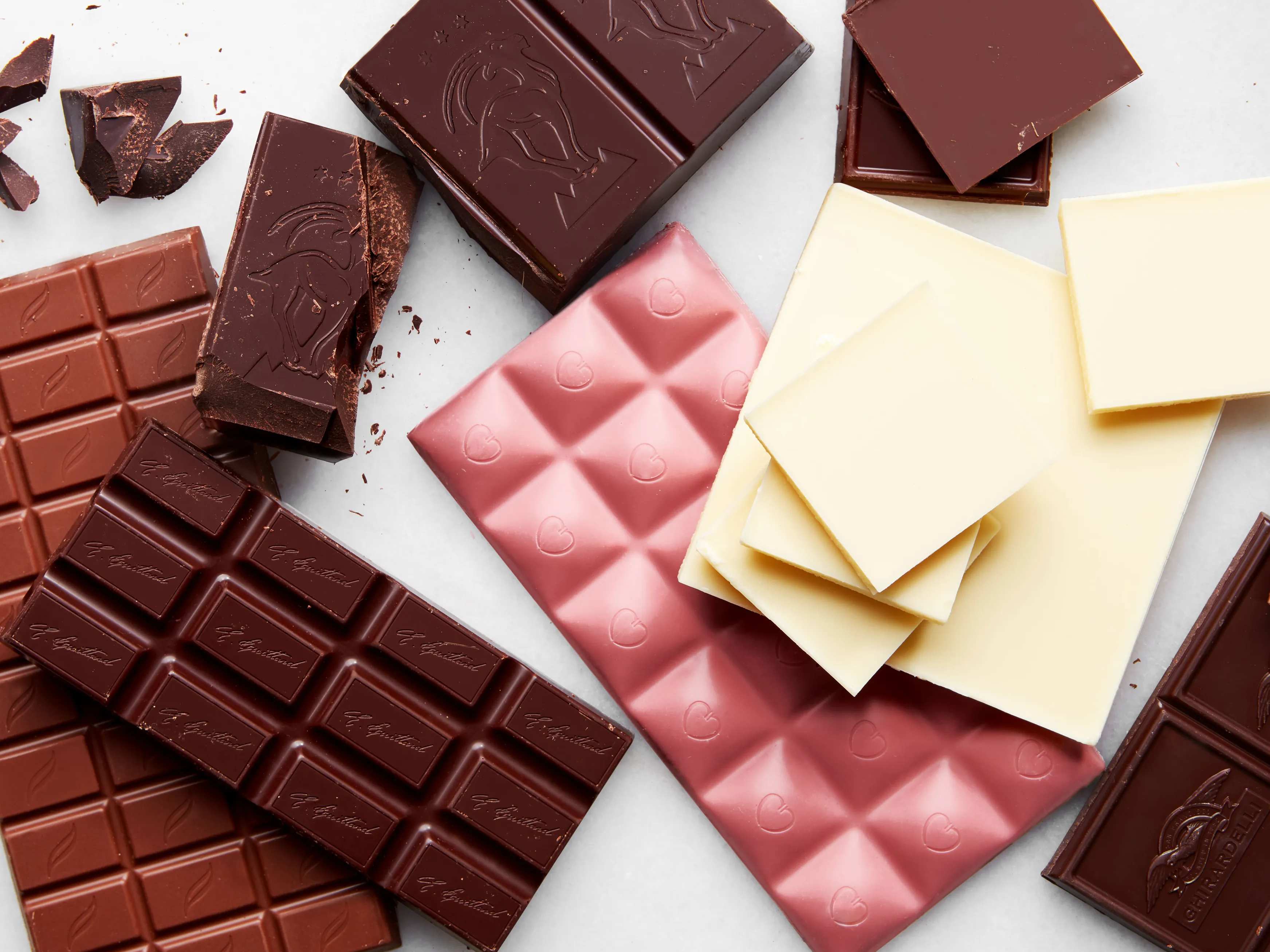In a world economy, consumers’ food habits of eating chocolate snacks are of a varied nature. Although chocolate, a dessert food, has been popular globally across the world for a very long period now, the culture of the country, taste buds, and consumption patterns affect the types of chocolate snacks eaten. For those companies that export and wholesale chocolate treats, understanding these regional differences will not only help them localize their offerings but also enable them to better develop marketing tactics to win the hearts of overseas consumers.
In this article, we will compare the differences in the preferences of chocolate snack consumption in some major countries and regions, and investigate the cultural reasons and market trends in order to enable chocolate snack manufacturers, distributors and brands to have a better understanding of the global business opportunities.
Europe and the United States Market: Strong Flavor, Quality First
The United States, Germany, France, and Belgium are among the largest world consumers of chocolate, which represents the American and European markets. These consumers want to buy chocolate snacks with good flavor and quality.
American consumers have a keen interest in a wide range of new-type chocolate products, such as sandwich chocolate balls, peanut chocolate bars, and cookie crumbles chocolate balls. In terms of taste, they like sweet and rich snacks with nutty, caramel, marshmallow and other rich textures. At the same time, the American market also requires strong requirements for portable packaging and family sharing packs, which drive more diversified product specifications and packaging design.
In contrast, European consumers value the quality of chocolate and raw materials natural nature more. Belgium and Switzerland are renowned for its high-quality hand-made chocolates, and local customers prefer dark chocolates with high cocoa content and lower sugar. The German and French markets are highly interested in healthy chocolate snacks with dried fruits and grains.
Asian Market: Diverse Flavors, Innovation-oriented
Chocolate consumption in Asia has been growing rapidly in recent years, especially in China, Japan and South Korea. Due to differences in food culture, Asian consumers possess distinct tastes and textures for chocolate snacks.
Chinese customers particularly welcome new-fashioned chocolate products with local flavors. For example, matcha-flavored chocolate, red bean-flavored chocolate, cheese-flavored chocolate and durian-flavored chocolate are very popular in the market. Advanced snacks such as chocolate-coated cookies, chocolate-coated peanuts and crispy chocolate balls are highly desired, particularly for gift boxes during holidays and company gifts.
Japan, on the other hand, is famous for its original food innovations. Blending chocolate and wakame (Japanese traditional confection) and seasonally restricted flavor designs (cherry blossom chocolate, yuzu chocolate, etc.) greatly diversified the product line. Consumers care about the exquisite appearance of the products, creative matching and sense of limitation.
The Korean market places more emphasis on packaging design and brand marketing. Many young consumers tend to try chocolate snacks that are popular on social media, with a taste preference for sweet and salty products with chewy or crunchy texture, such as chocolate crisps and sandwich balls.
Middle East and Africa: Sweetness and Brand Recognition are King
Middle East countries such as Saudi Arabia and the United Arab Emirates have a preference for chocolate snacks that focuses on high sweetness and large packaging. Local consumers favor sweet but not greasy taste, such as milk chocolate, toffee sandwich chocolate, chocolate peanuts wrapped in sugar coating. These products are commonly used for family gatherings, festive gifting and other occasions.
Brand awareness is particularly important in the Middle East market, where mass consumers are more likely to trust imported brands or locally distributed products that have already established recognition. At the same time, Middle Eastern consumers are increasingly concerned about halal certification and ingredient transparency, providing a clear direction for brands to enter the market.
Africa is a developing market, with South Africa being one of the largest consumers of chocolate snacks in the region. Restricted by purchasing power, large packages and cost-effective products are more popular. At the same time, due to climatic reasons, the local heat-resistant packaging and shelf life of chocolate products have higher requirements.
The Latin American Market: Passionate Taste and Regional Characteristics
Latin American countries such as Brazil, Mexico, etc., have a heavy preference in the taste of chocolate snacks, preferring products with a strong flavor, such as adding chili, coffee, caramel chocolate snacks are very popular.
In addition, Latin American consumers like bright colors and packaging designs with local cultural elements. Festive economy is also an important factor driving consumption, such as Valentine’s Day, Easter and Christmas, the sales of chocolate snacks will increase significantly.
How to Respond to Diversified Global Demand?
It is crucial to understand the global differences in the preference for chocolate snacks to go ahead with the international market. As one ventures into different nations, brands should adjust the product flavor, the form of the package, marketing strategy and channel designs according to the nature of the target market.
For example, in the US market, sandwich peanut chocolate balls launched are appealing to users from families, while in Japan, limited-edition crunchy small packs of chocolate balls are tempting; the Middle East market requires to put a focus on brand authentication as well as on festival applicability.
About Jixiangguo
As a professional snacks manufacturer, Jixiangguo is committed to providing high-quality chocolate snacks and cookies and peanuts to customers worldwide. Based on competitive prices, rich product lines and excellent flavors, we create customized solutions to meet the needs of each country’s market.
Whether you are a brand operator, retail chain, import distributor, or looking for an ODM/OEM partner, Jixiangguo can provide all-around support for your market expansion with stable production capacity, flexible formula development and exquisite packaging design.
Welcome to visit our official website for more product information and cooperation details. Let’s deliver sweetness to every corner of the world together.



